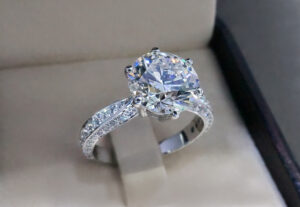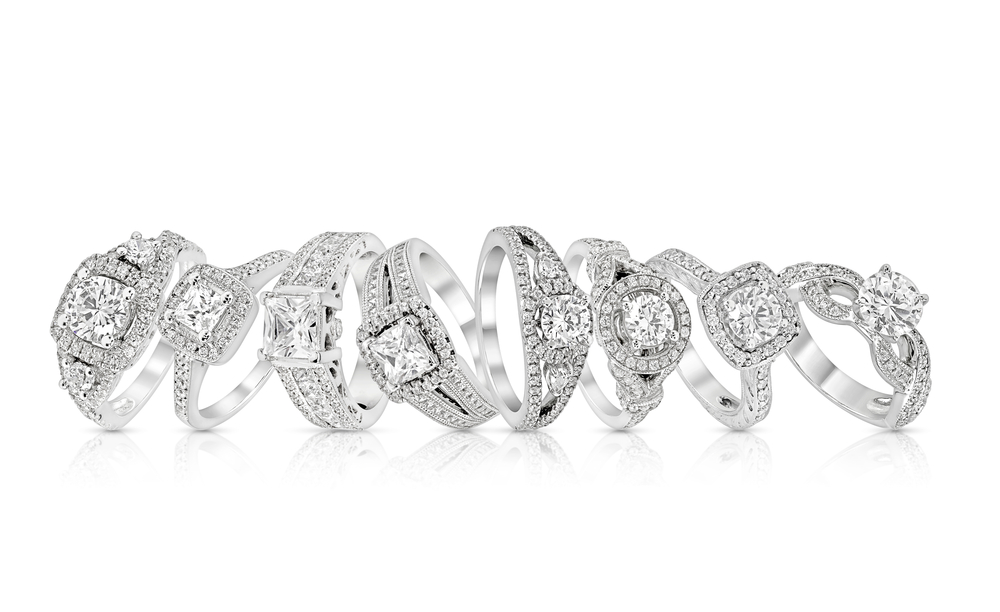
Although there are physical contrasts between lab-grown diamonds and natural diamonds, most consumers want further explanation. On the surface, the physical attributes of lab-grown diamonds are the same as natural diamonds, making it difficult for most jewelers to distinguish between the two. They should test positive with a diamond tester because the chemical composition of both diamonds is nearly identical.
All natural diamonds are mostly composed of carbon atoms and nitrogen atom pairs. A Type Ia diamond is the most common type of diamond seen in jewelry stores, accounting for 90% of all diamonds sold. The chemical makeup of most lab-created diamonds is entirely carbon atoms with isolated boron atom impurities. Type IIb diamonds are diamonds of this type. Natural diamonds with the same formula are not unheard of, but they are extremely unusual.
Let’s take a look at some of the major physical differences between a diamond created in a laboratory setting and a diamond created under the Earth’s crust.
Fluorescence
When a diamond ring is subjected to longwave UV light, such as ultraviolet light or the sun, it develops a halo effect. Natural diamonds are almost invariably blue in hue, whereas synthetic diamonds are usually orange or yellow in color. Fluorescence is common in diamonds, and it has no effect on the diamond’s beauty or value when present in small amounts. The value and look of the stone may be harmed if it emits large amounts of energy.
Color Distribution
When a diamond’s hue is equally distributed across the stone or is zoned properly throughout the stone, when you rotate the gem at different angles, you’ll notice regions inside the diamond where the hue appears to shift in tone or look.
Phosphorescence
When a diamond retains its UV glow after the UV light has been withdrawn, it is called phosphorescence. When you charge the gadget and switch off the lights, the stone will keep on glowing.
Inclusions

The presence of imperfections in a diamond might reduce its brightness and value. Metallic flux inclusions are common in synthetic diamonds. However, they are not seen in natural diamonds. Metallic flux inclusions can alter the diamond’s brilliant appearance.
Color Treatment
A procedure comparable to the HPHT process can be used to heat treat gemstones that have a lukewarm color temperature or an unattractive color. Natural diamonds have never been treated, and CVD diamonds are frequently brown in hue. To eliminate the brown tint from the diamond, an additional HPHT treatment could be employed.
